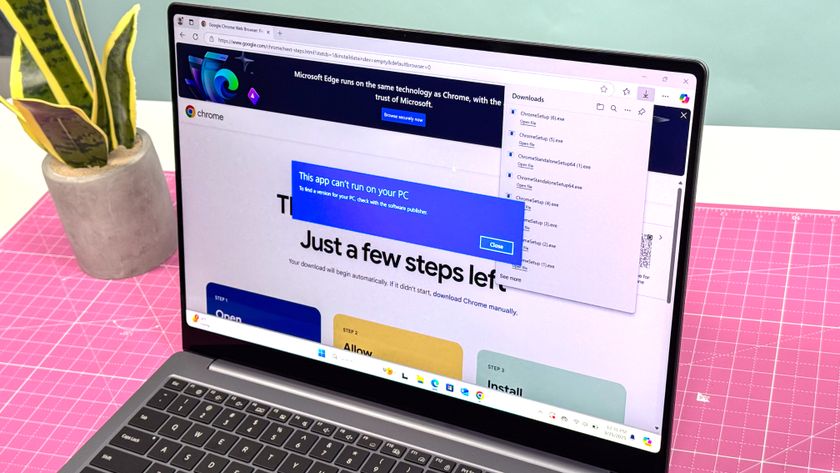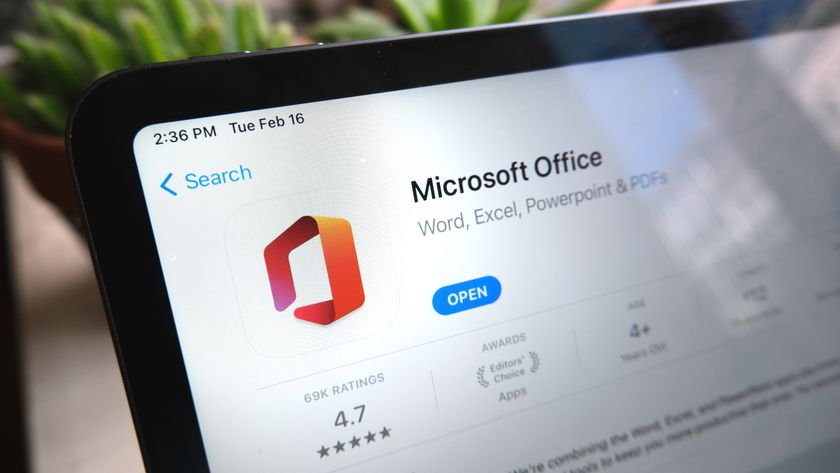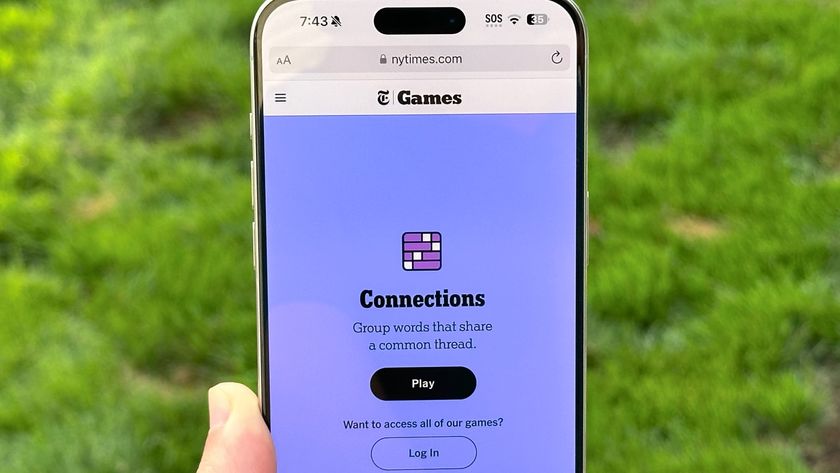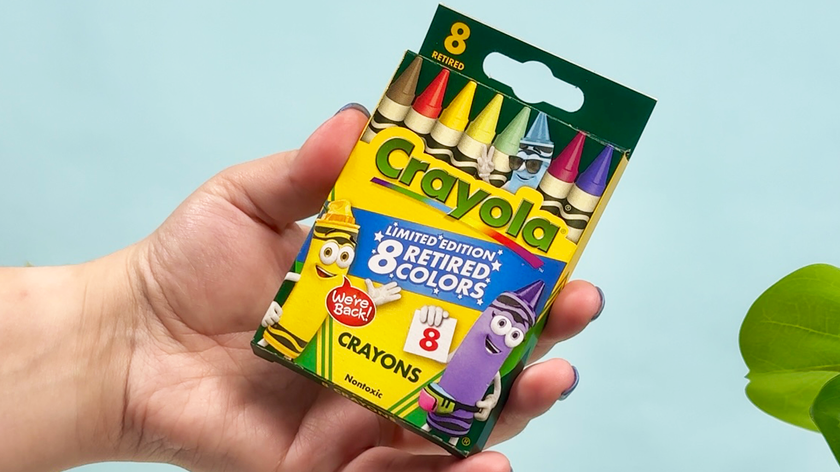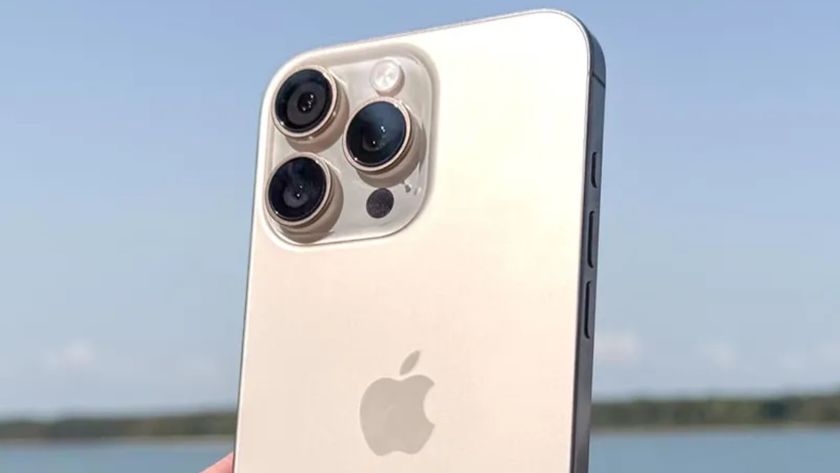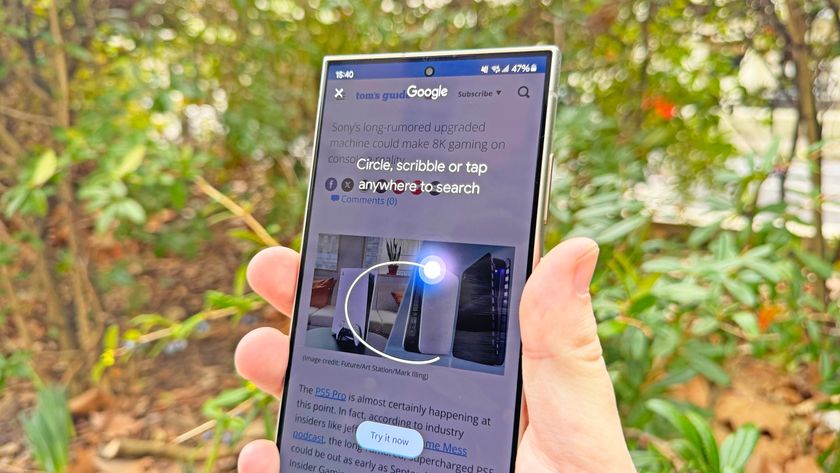The Adobe Flash nightmare on Windows 10 is finally coming to an end
We can probably thank Apple for killing it too
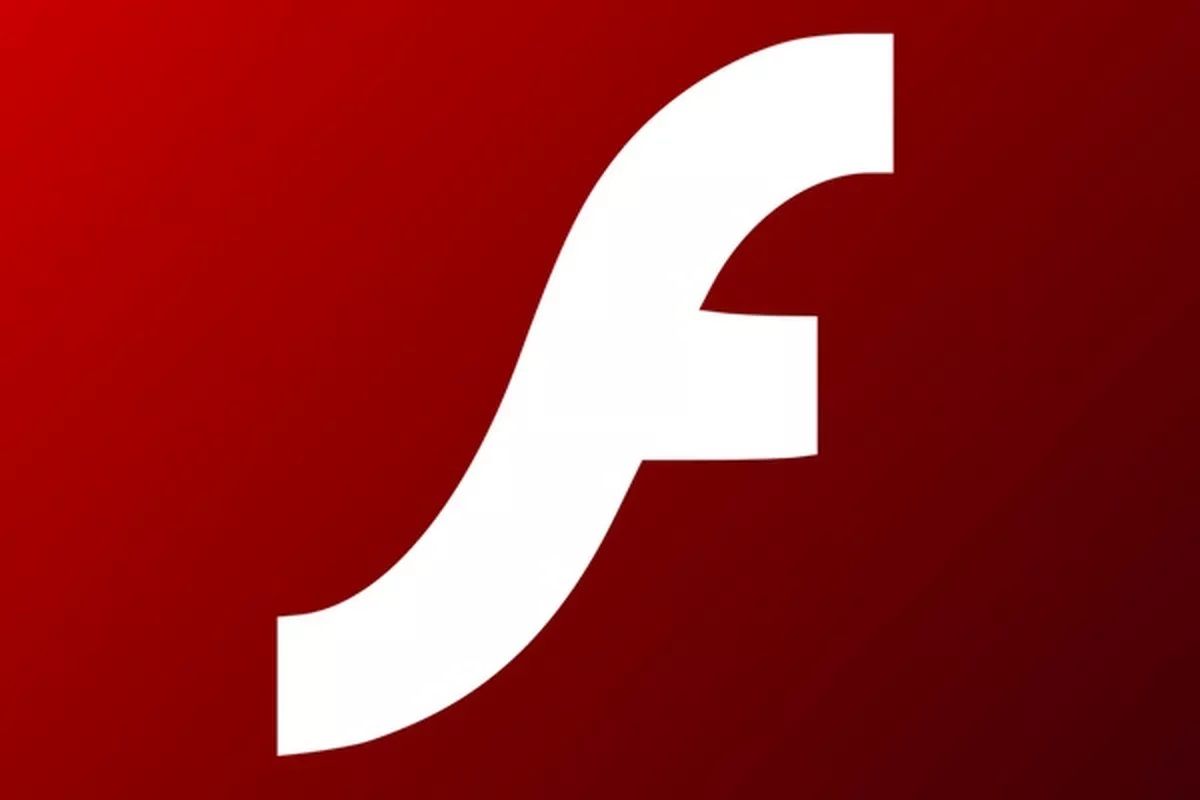
In April 2010 Steve Jobs wrote a blog post that systematically took Adobe Flash down a peg or two. In one of the best CEO quotes of all time he said, “We also know first hand that Flash is the number one reason Macs crash. We have been working with Adobe to fix these problems, but they have persisted for several years now. We don’t want to reduce the reliability and security of our iPhones, iPods and iPads by adding Flash.” Big oof there, perhaps the biggest oof of all time?
Almost exactly 11 years later and Microsoft is finally excising Adobe Flash from Windows 10. A move which follows Adobe announcing that Flash had reached end of life back in December 2020.
- We've rounded up the best laptops of 2021 if yours needs an upgrade
- Take a look at our advice for picking the best iPhone
- Plus: Microsoft Edge challenges Chrome with a big productivity upgrade
Microsoft will remove Flash via an update KB4577586 which will roll out in June 2021, according to the company’s blog post. Not only will Flash be pulled from Windows 10, it will also be unceremoniously ejected from Windows 8.1, Server 2012 and Windows 8 Embedded through security-only updates.
Anyone updating to Windows’ big update, 21H1, will also find that it contains absolutely no Flash whatsoever. Microsoft says you can remove it any time by manually applying KB4577586, which you can download from its Catalog.
While Adobe Flash has become a point of some ridicule, it’s perhaps worth remember what it did bring to the internet back in the early 2000s. Flash was a lightweight, bandwidth sipping, way of introducing considerable interactivity online. Everything from animated series to games used Flash to bring some life to a mostly pre-rendered internet.
Flash followed in the footsteps of products like Macromedia Director, which delivered interactivity on CD ROM and other platforms where bandwidth wasn't an issue. In the early 2000s, Flash was already starting to gain traction as a replacement for Director. It was far more capable of delivering lightweight vector graphics online, which was great for lossless graphics which scaled well to almost any device or screen.
Later on, Flash became the de facto standard in web video delivery. It was only ever a container though, which made it a proprietary way to view video that was encoded using codecs like Sorenson Spark or VP6. Later, Adobe added h.264, commonly referred to as MP4 video support, which was a much more prevalent standard. It meant anyone producing Flash video could also deliver the file to players in formats other than Adobe Flash.
Sign up to get the BEST of Tom's Guide direct to your inbox.
Get instant access to breaking news, the hottest reviews, great deals and helpful tips.
Apple’s refusal to support Flash on the iPhone meant that companies like YouTube, and pretty much everyone else, needed to offer video via an alternative method. As Jobs mentioned in his blog post (archive.org link), the best way to do this was use open standards like HTML5 and JavaScript.
Jobs finishes his post with an objectively accurate and forward-thinking prediction. He said, "Flash was created during the PC era — for PCs and mice. Flash is a successful business for Adobe, and we can understand why they want to push it beyond PCs. But the mobile era is about low power devices, touch interfaces and open web standards — all areas where Flash falls short.”
He finished by saying, “New open standards created in the mobile era, such as HTML5, will win on mobile devices (and PCs too). Perhaps Adobe should focus more on creating great HTML5 tools for the future, and less on criticizing Apple for leaving the past behind.”
Flash would probably have died at some point anyway, but it’s pretty obvious that under Jobs, Apple’s refusal to support it hastened its demise. While that probably sucked for Adobe’s shareholders, it created a more open web with fewer barriers to creation and consumption than before.
Rest in peace Adobe Flash, you delivered Weebl and Bob to us and so, as a final tribute, here’s Weebl’s tribute to Flash which they had to post to YouTube because, you know, Flash is now dead.
- Don't miss our Acer ConceptD 7 Ezel review
- More: These are the best Android browsers available right now
Ian has been involved in technology journalism since 2007, originally writing about AV hardware back when LCDs and plasma TVs were just gaining popularity. Nearly 15 years on, he remains as excited as ever about how tech can make your life better. Ian is the editor of T3.com but has also regularly contributed to Tom's Guide.
